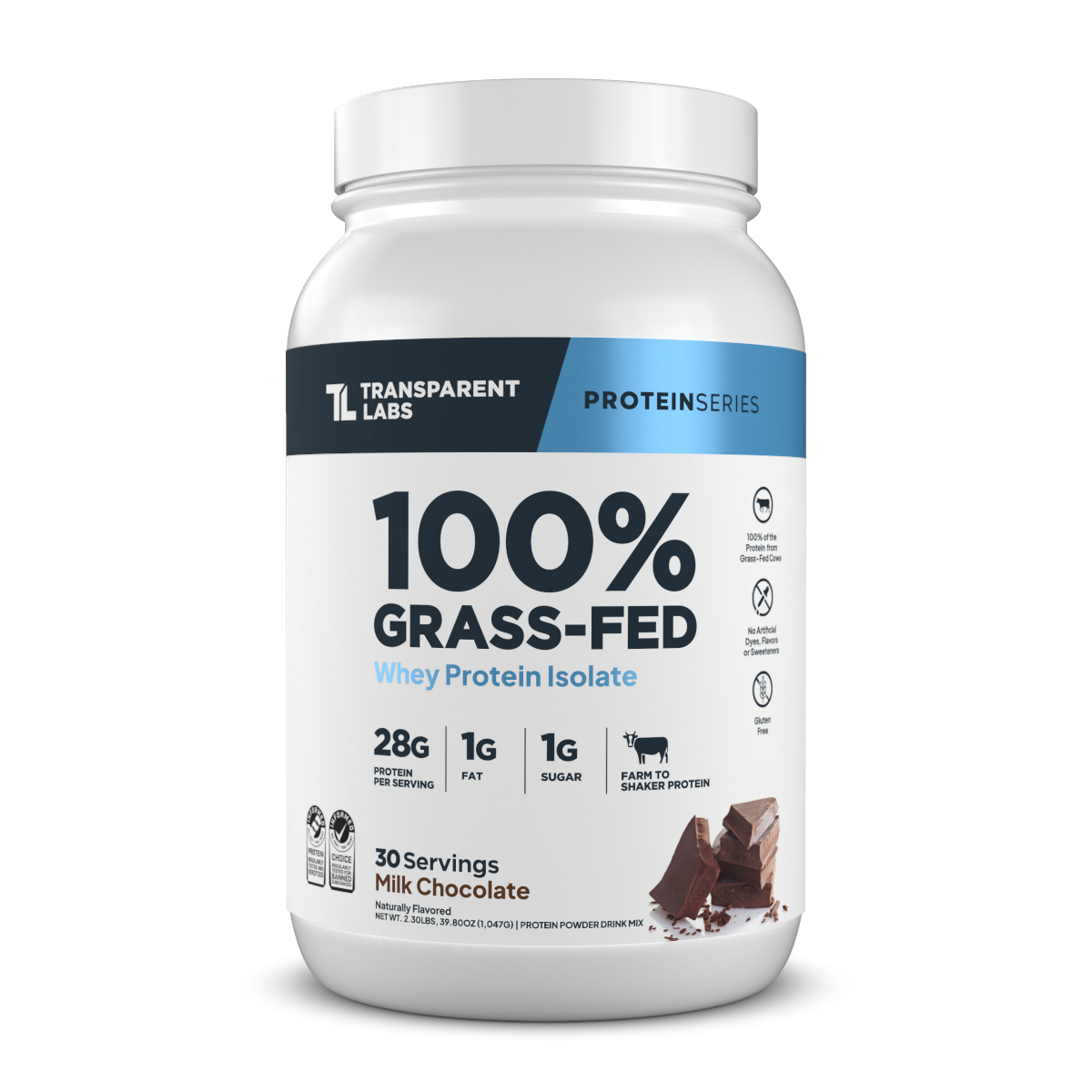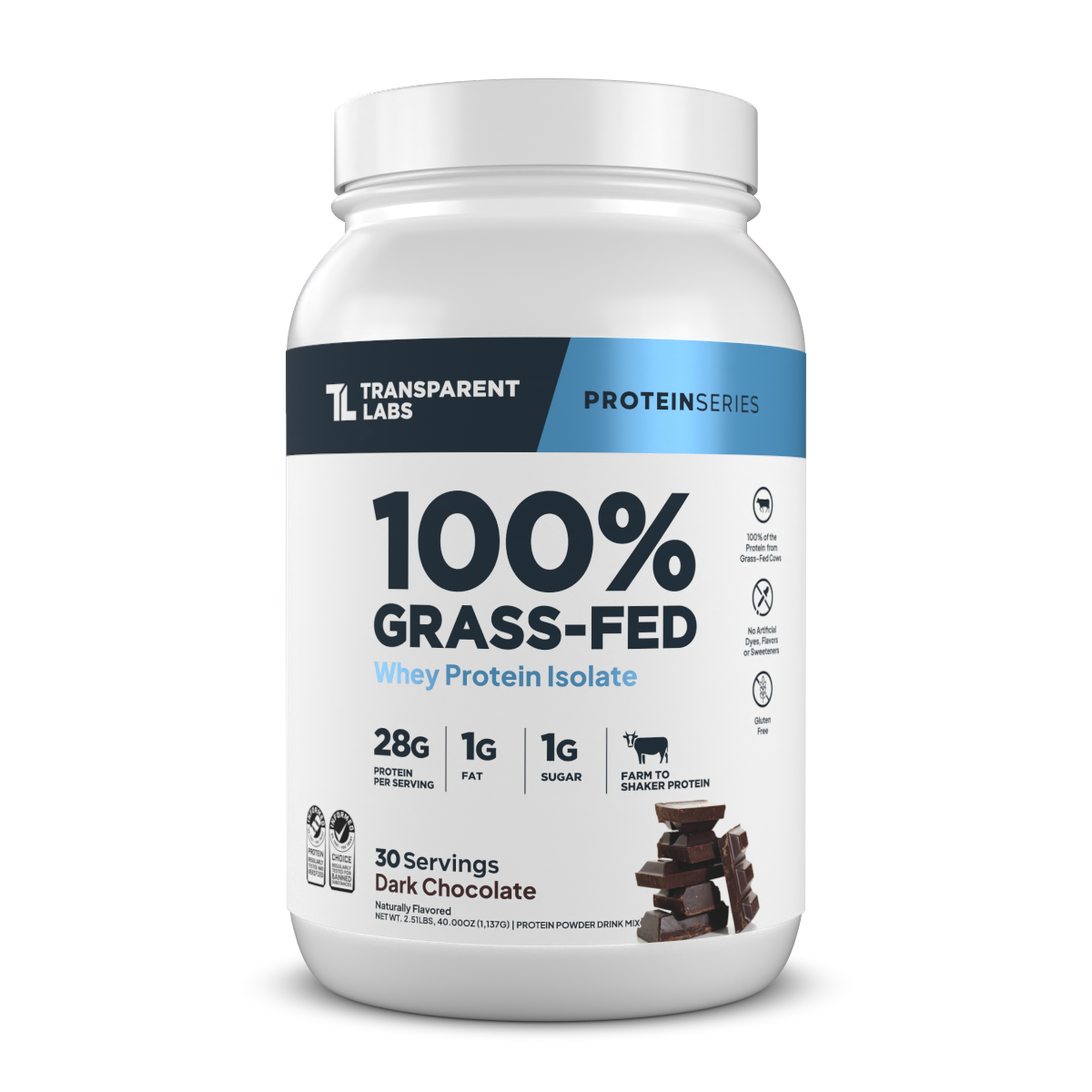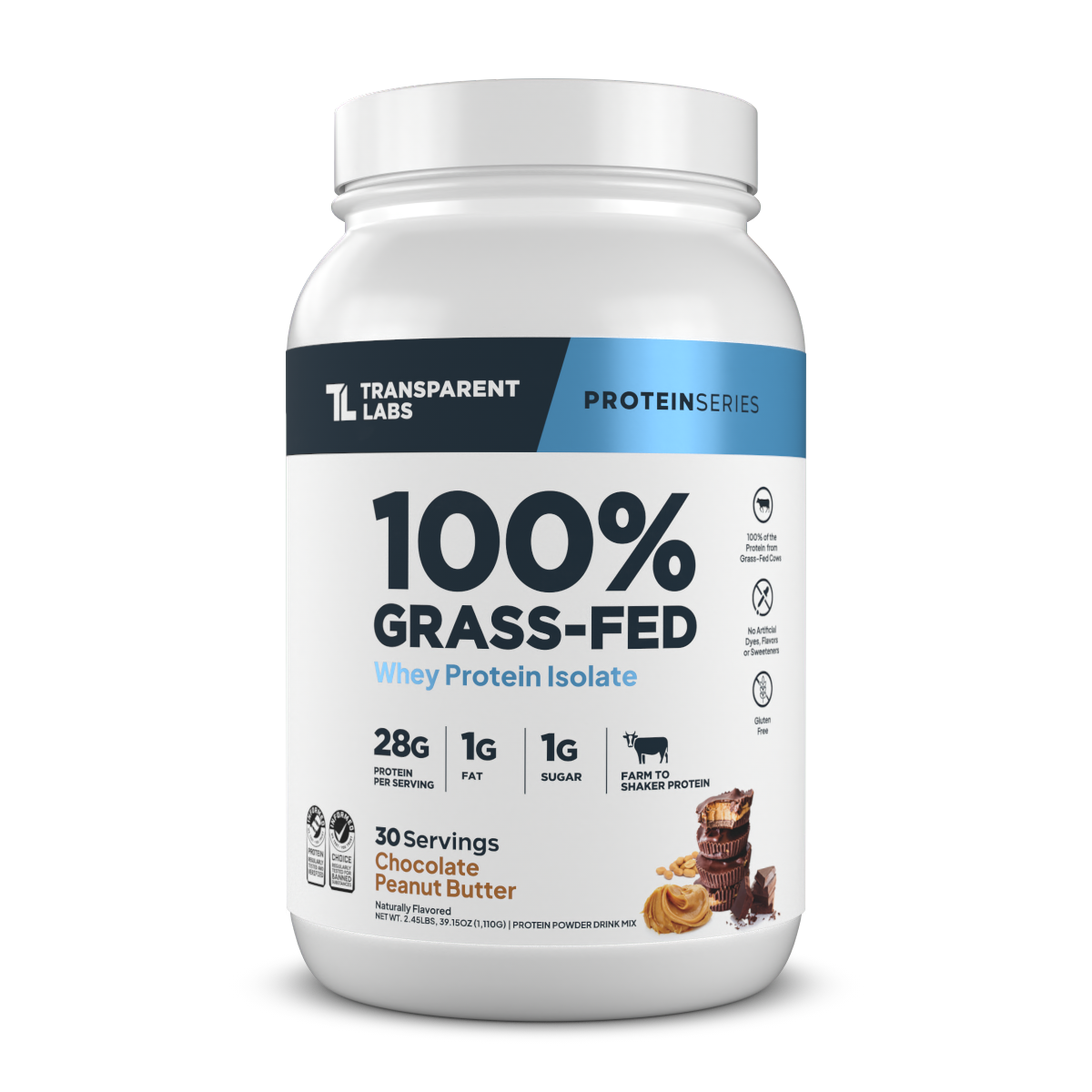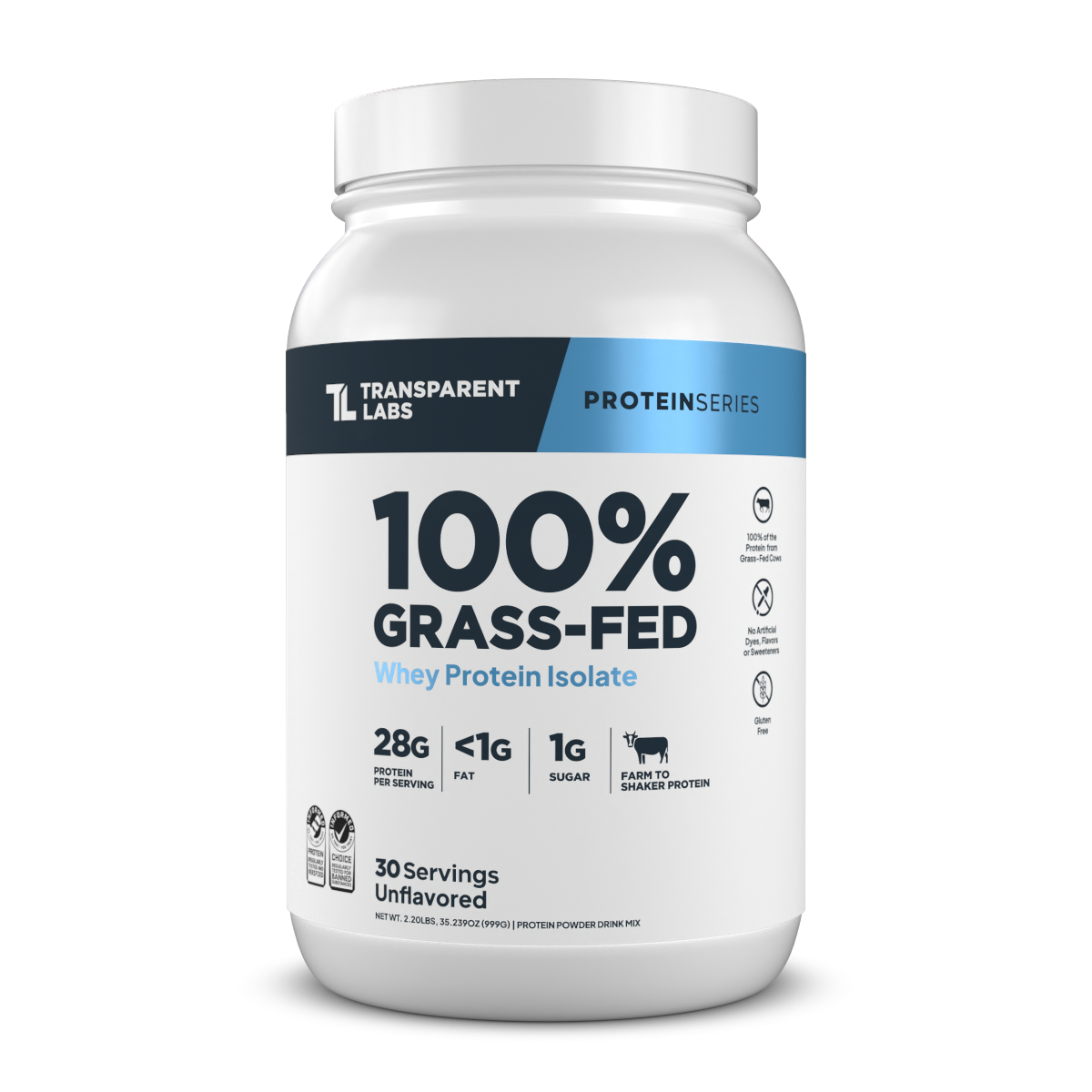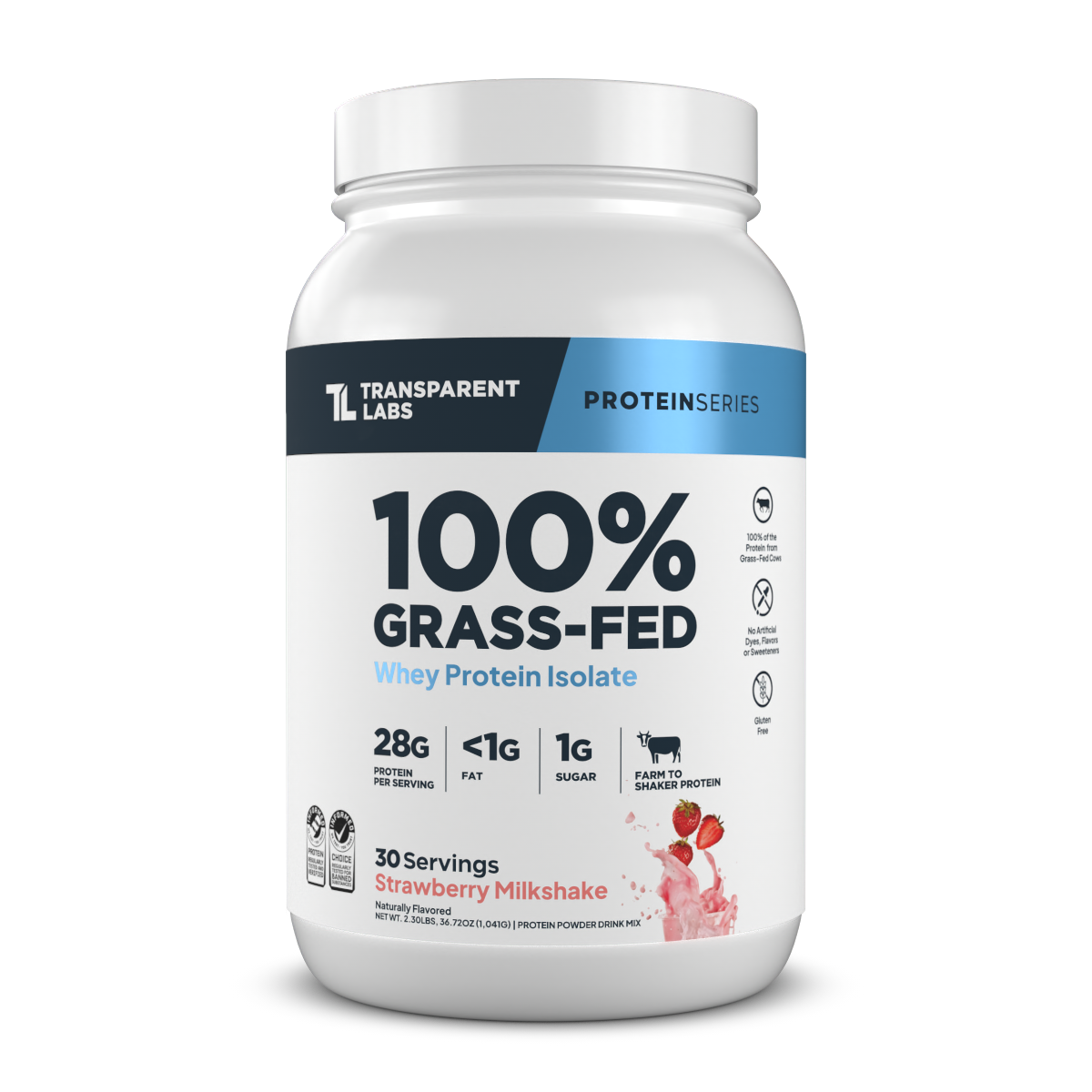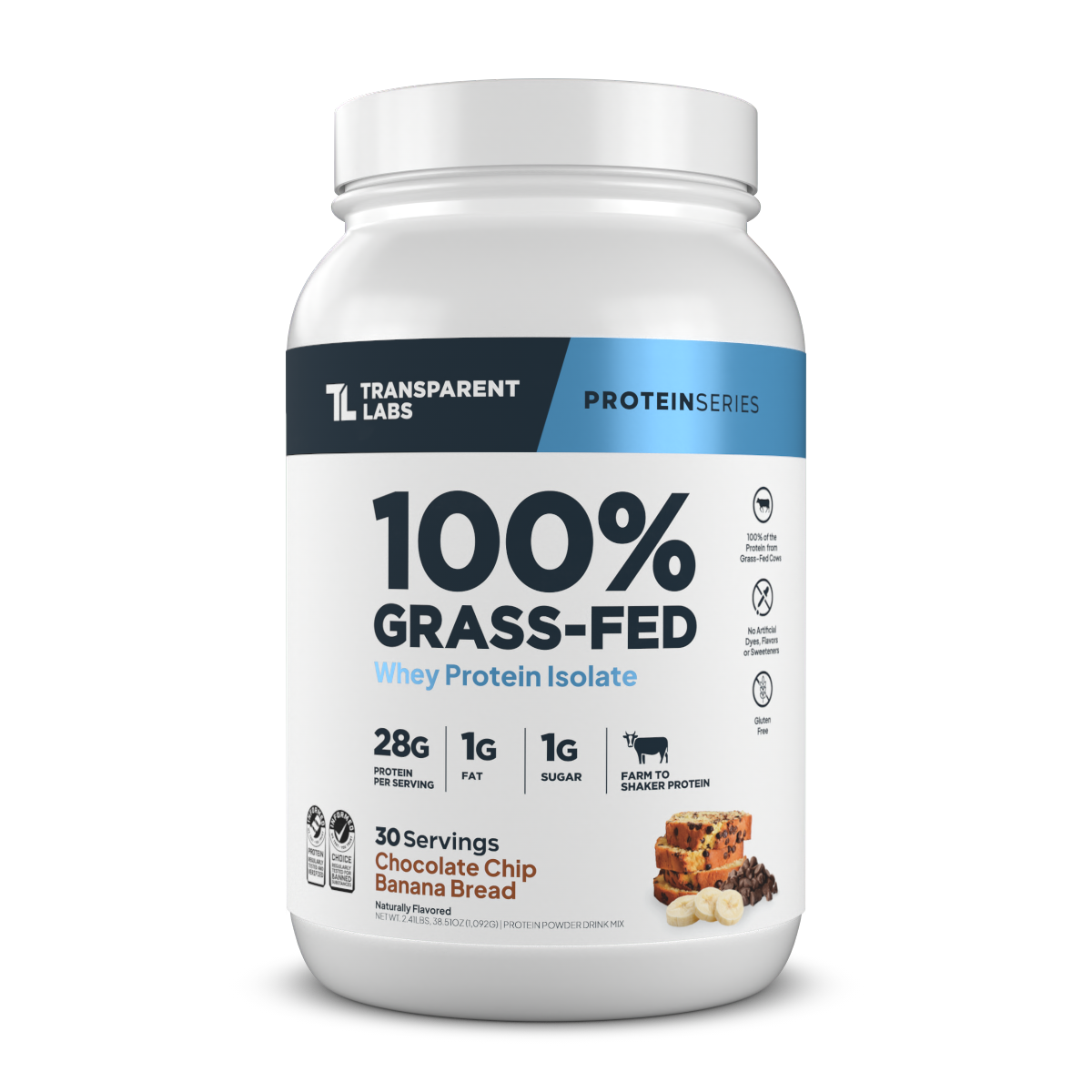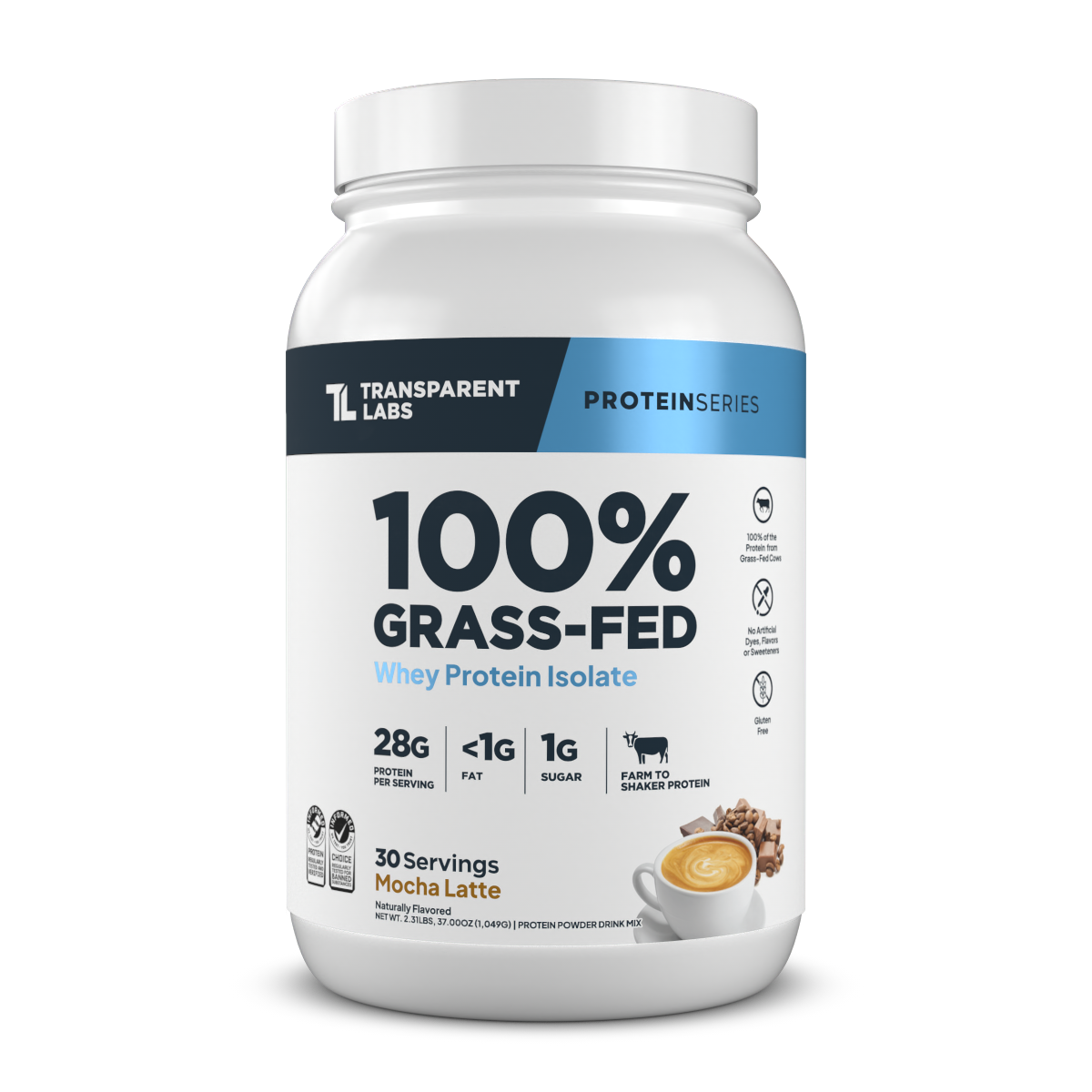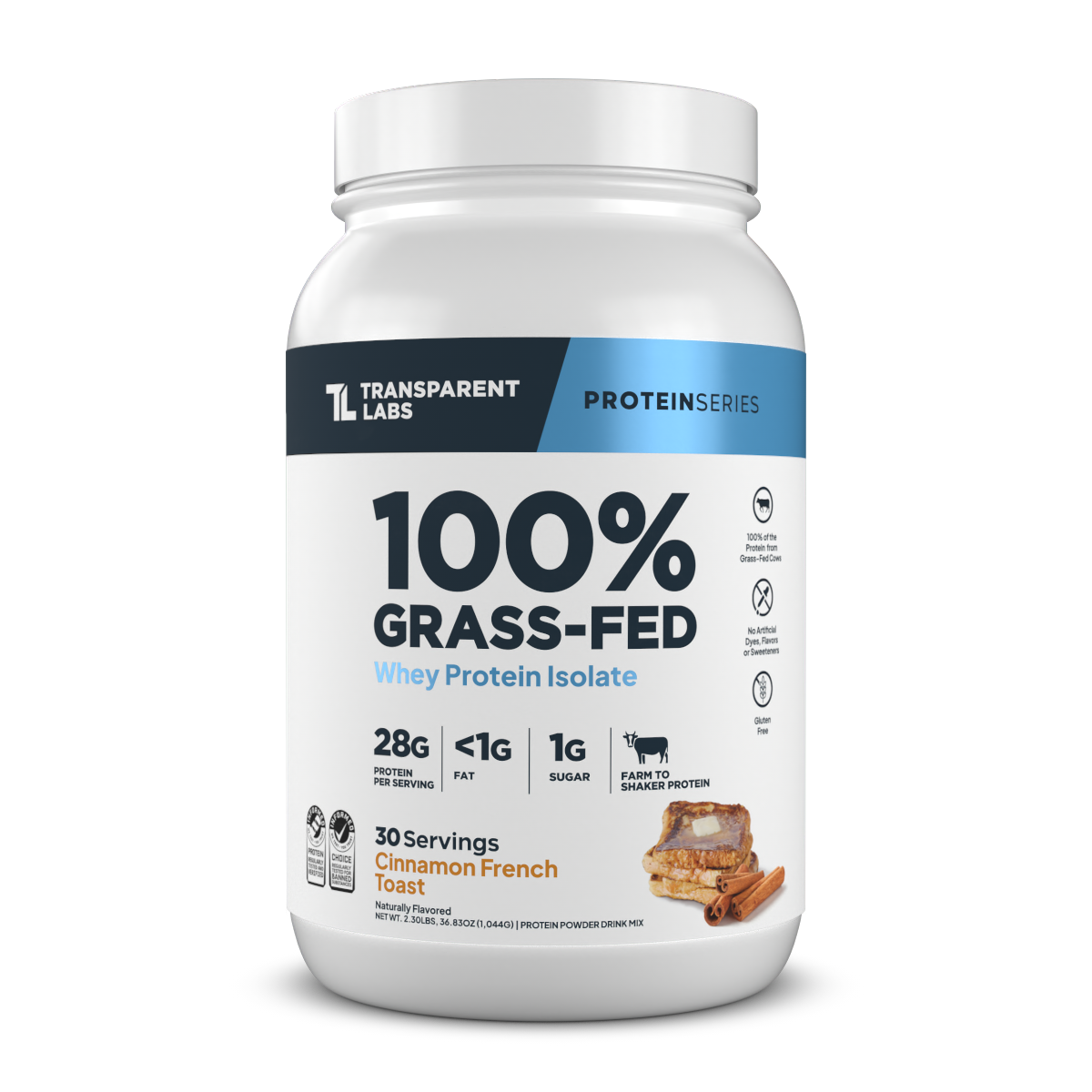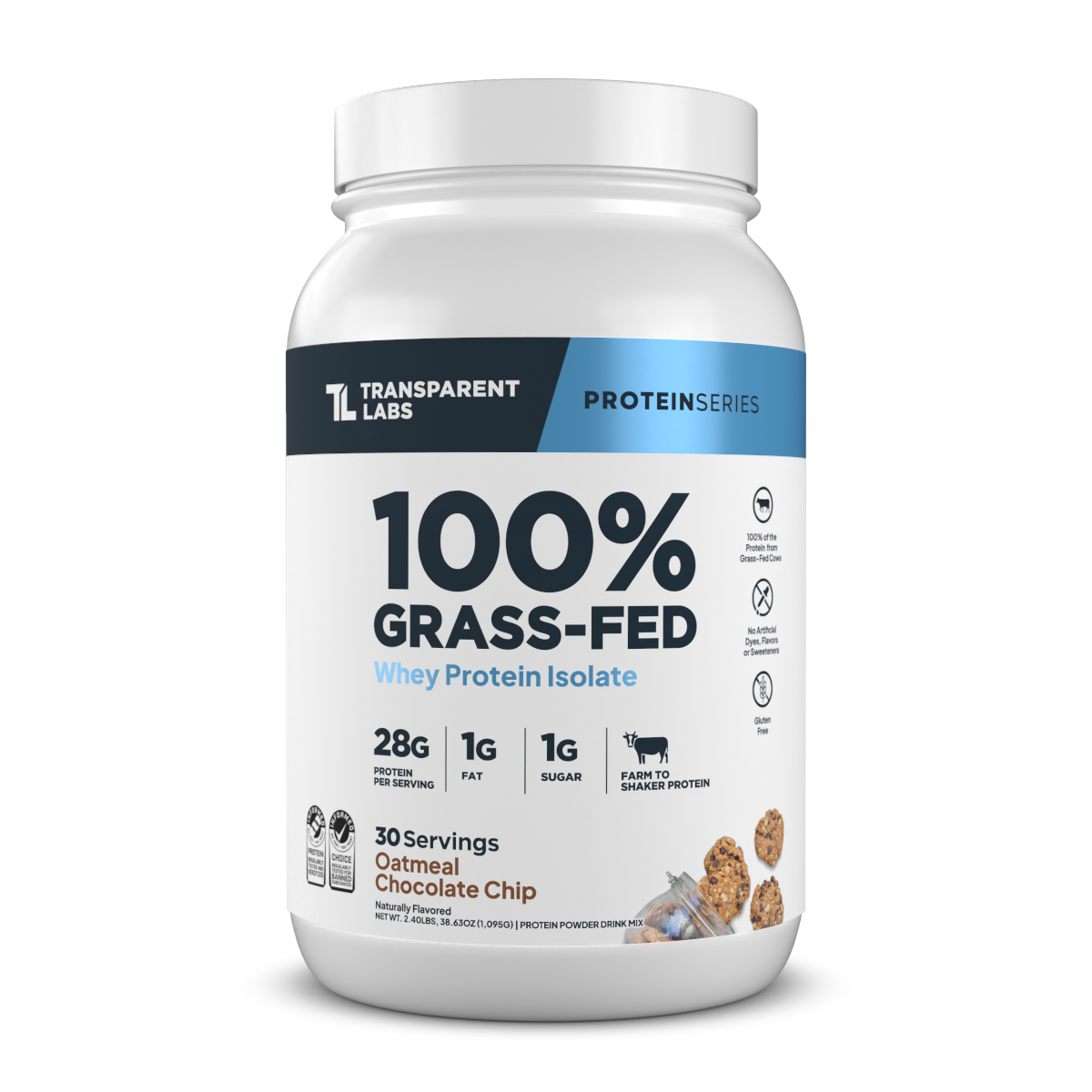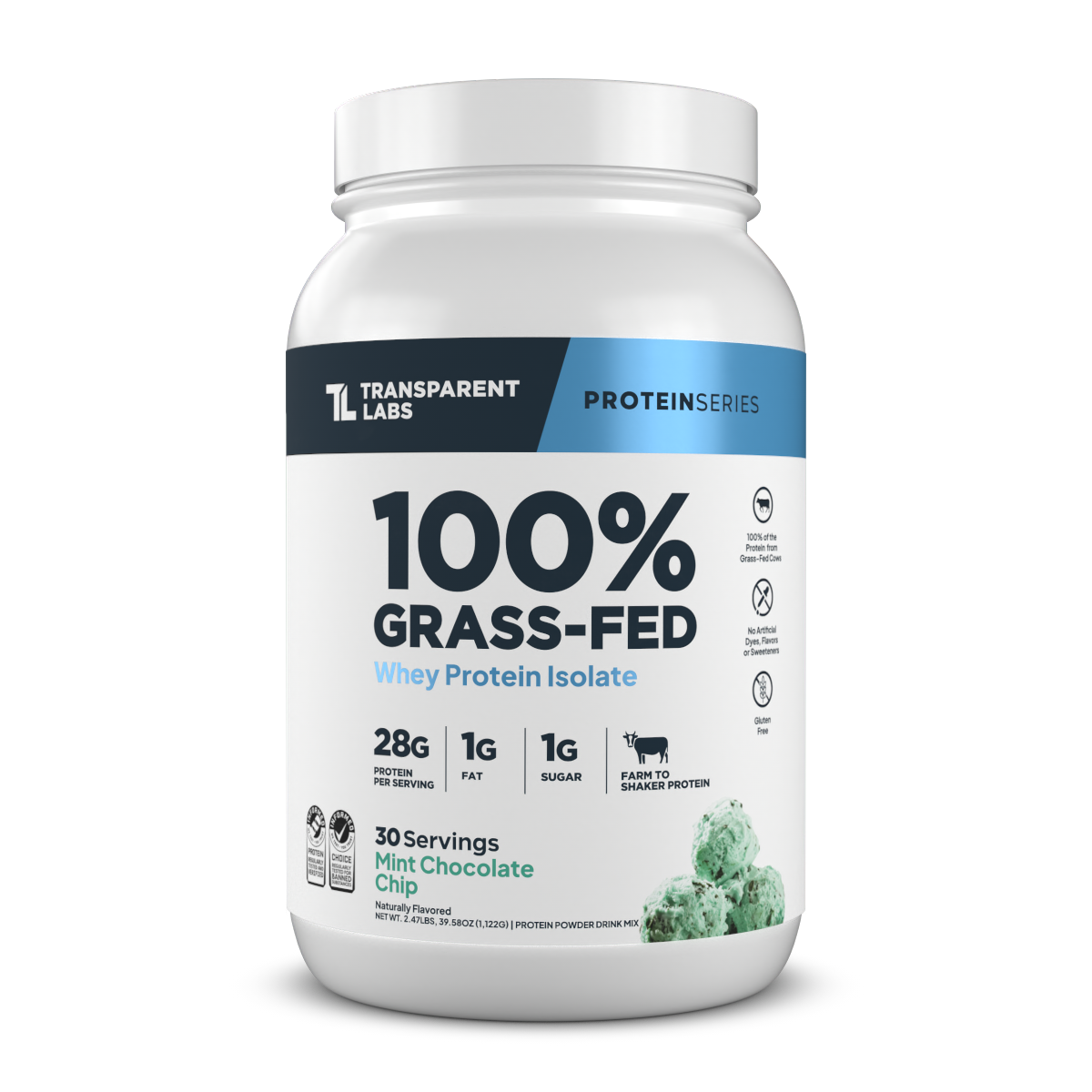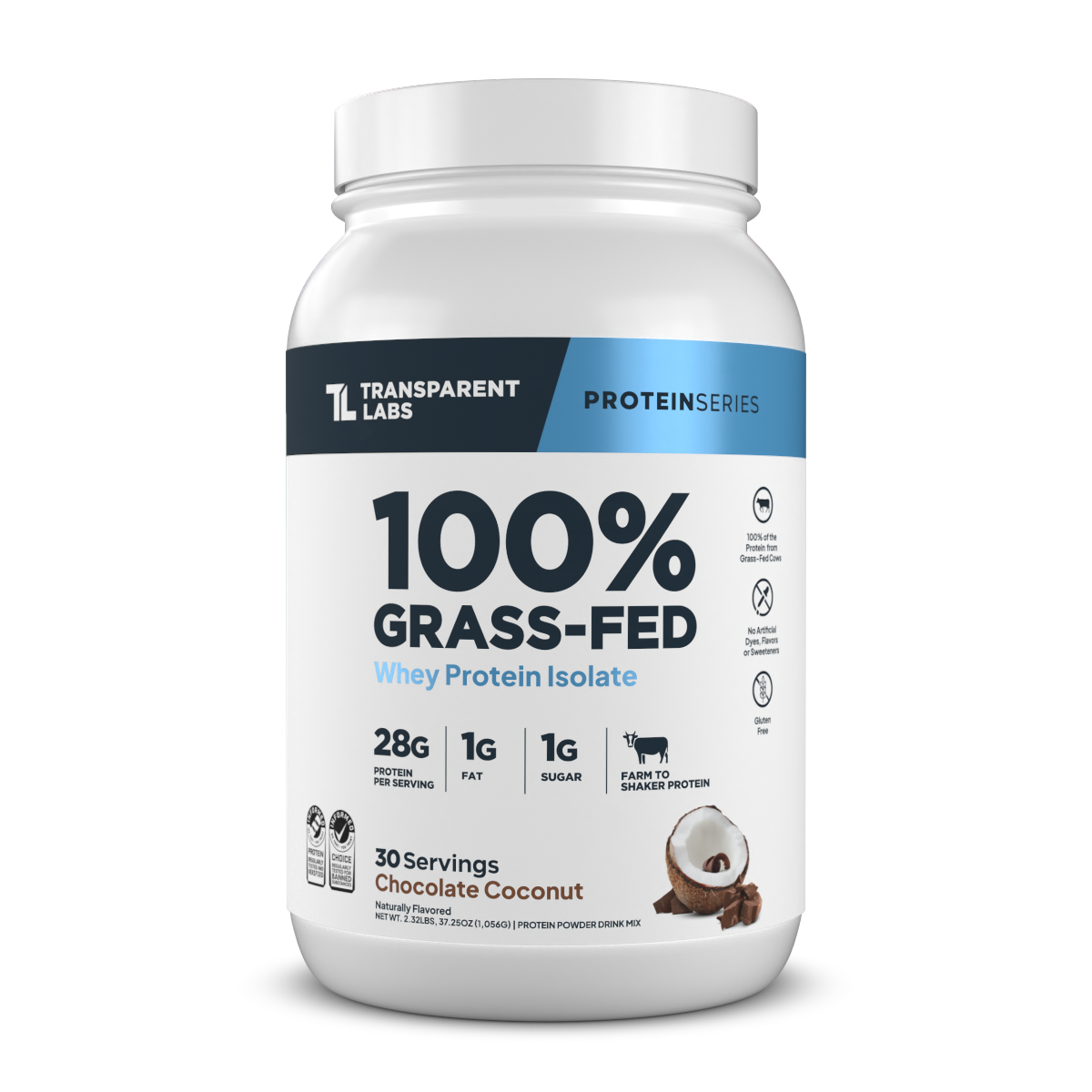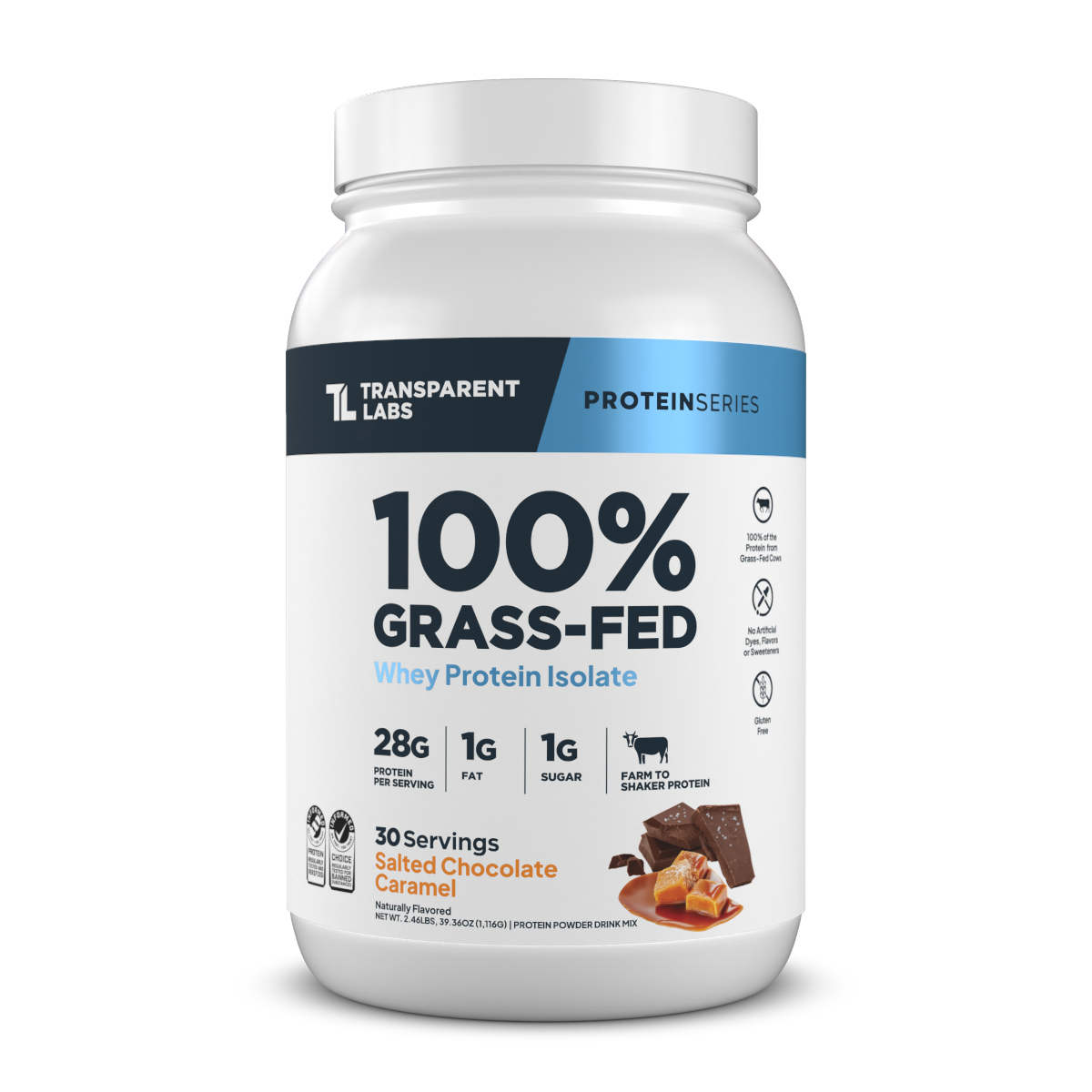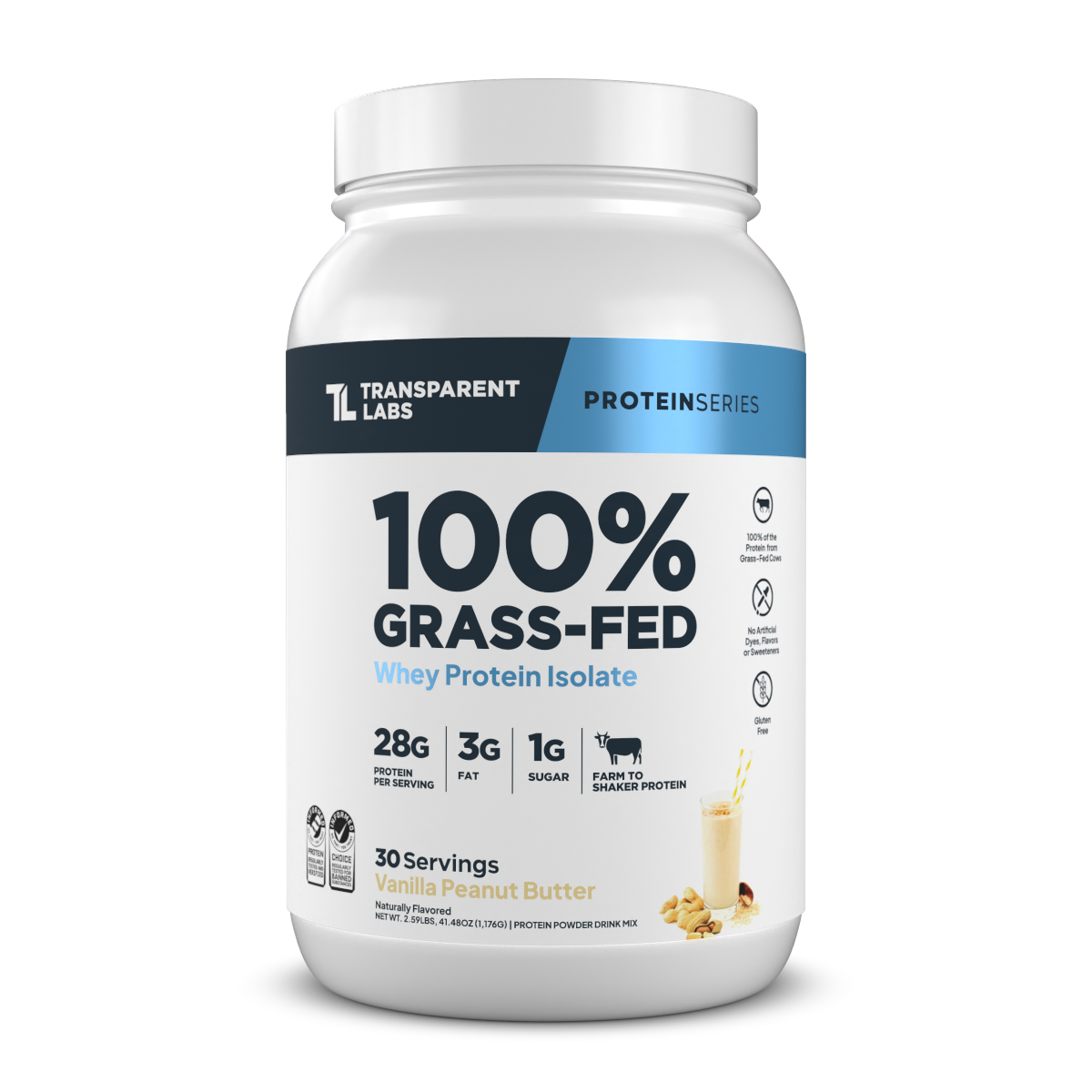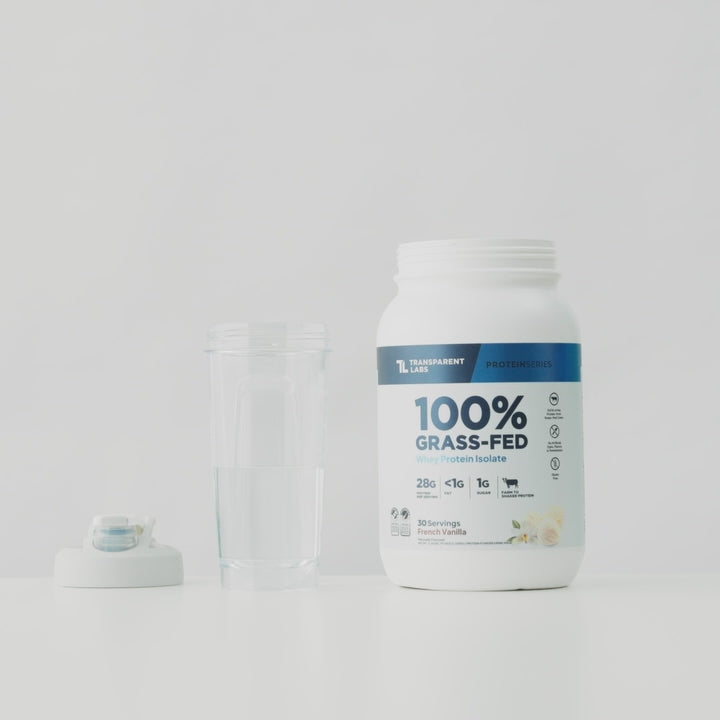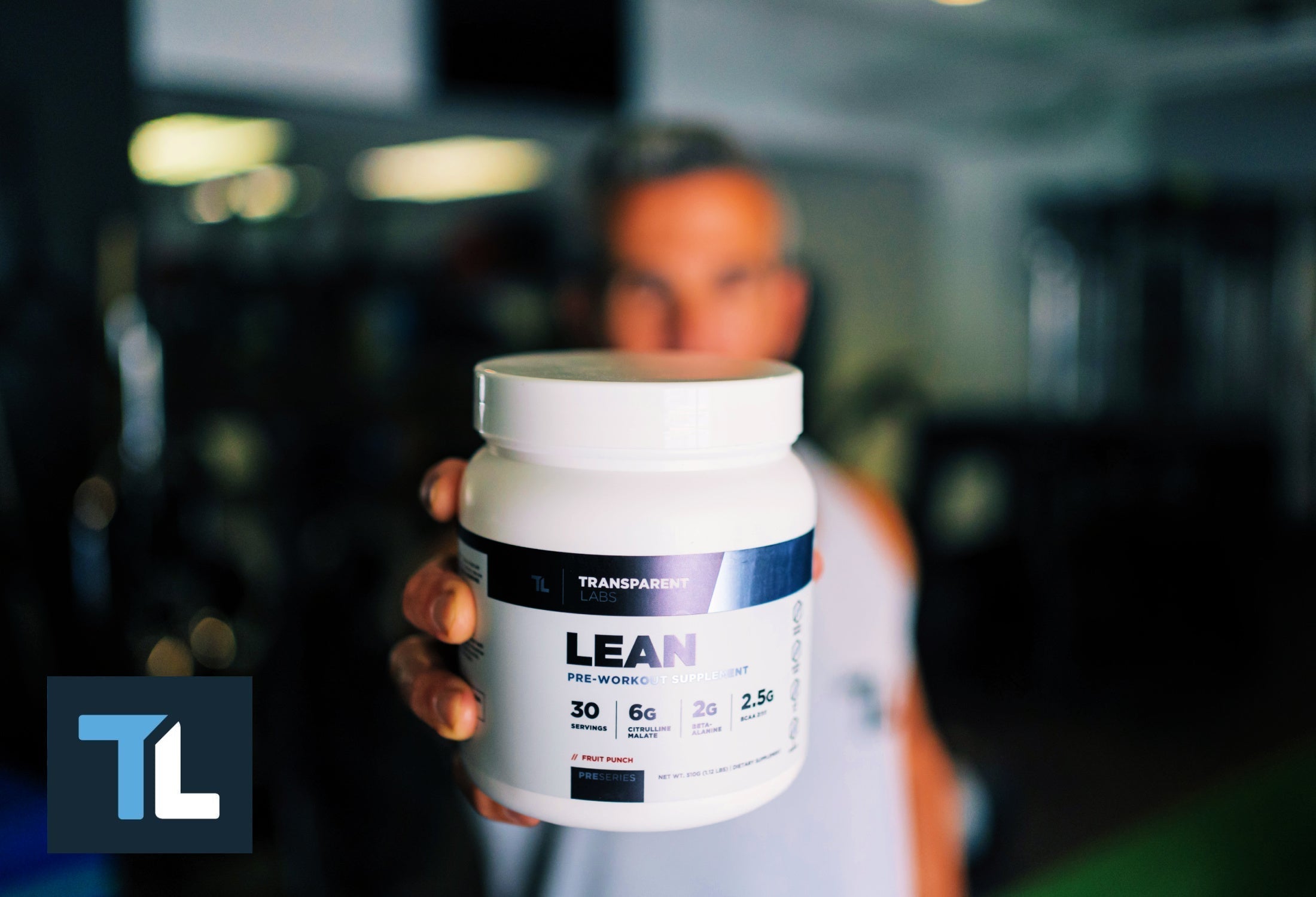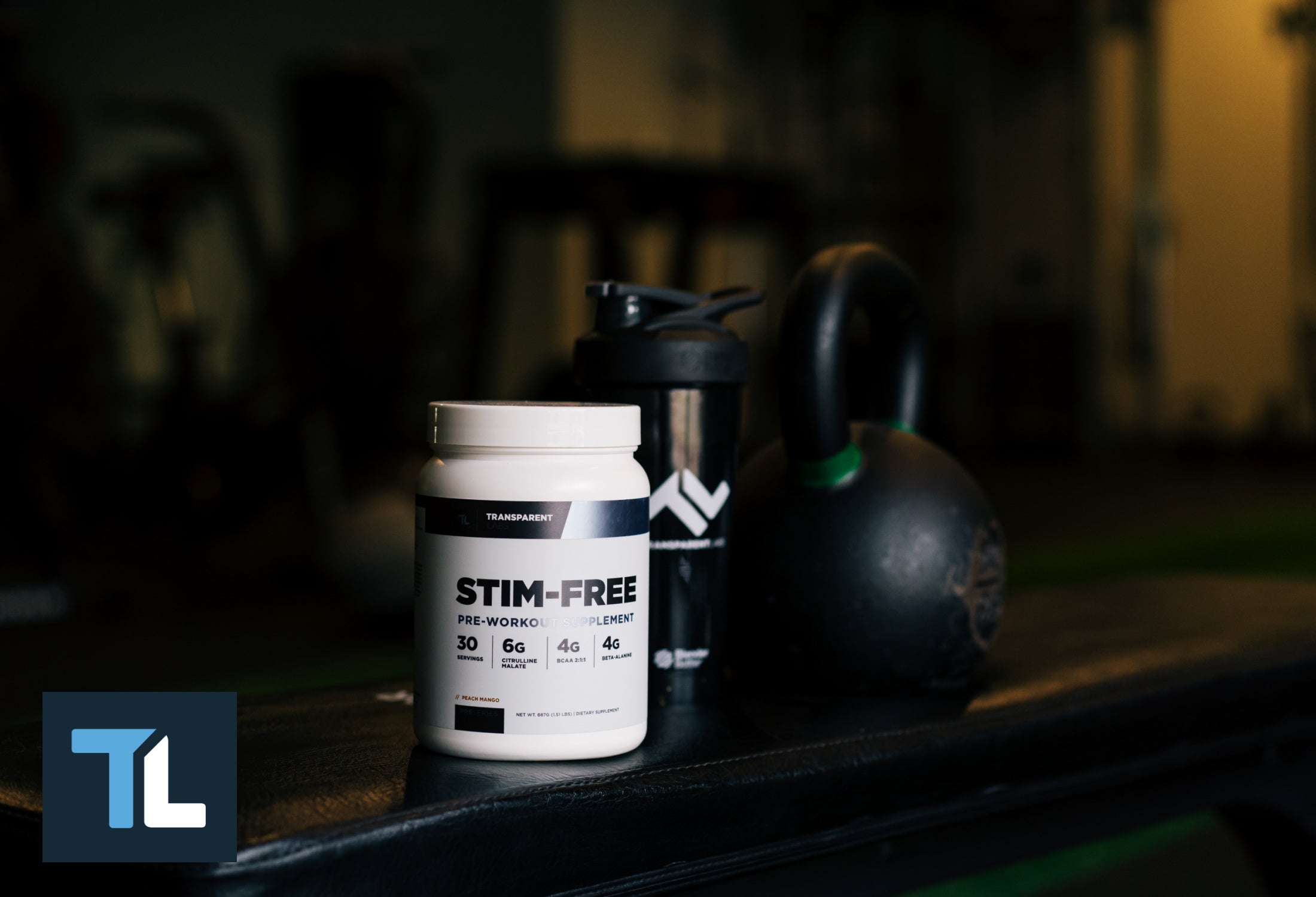You’ve probably heard the classic bodybuilding wisdom: “You need to consume whey protein within 30 minutes of finishing your workout.” And like many, your first thought was probably, “Easy enough—I’ll just grab some whey protein powder and toss it in my gym bag.” After all, whey is whey… right?
Well, not quite.
While all whey proteins come from milk, not all whey is created equal. Depending on how it’s processed, whey protein can vary significantly in its amino acid profile, lactose content, fat, and cholesterol levels. Two of the most common forms—whey protein isolate and whey protein concentrate—have notable differences that can influence how your body digests, absorbs, and utilizes the protein, especially when it comes to muscle protein synthesis.
Among fitness communities and supplement enthusiasts, whey protein isolate is often considered the superior option due to its higher protein purity and lower lactose content. But does that make it the right choice for everyone? Is isolate always better than concentrate?
And beyond the type of whey, how much should you actually take post-workout? Is it really essential to chug a protein shake immediately after training, or has that advice been overblown?
In the sections below, we’ll unpack the whey protein isolate vs. concentrate debate, highlight their unique benefits and potential drawbacks, and give you science-backed guidance on how to choose and use the right protein powder for your goals.
What is Whey Protein?
Before weighing in (no pun intended) on the whey protein isolate vs. concentrate debate, let's quickly bring you up to speed on whey protein and how it's made.
The term "whey" refers to a liquid byproduct of cheese production (from dairy milk). Many food products naturally contain whey, including milk, cheese, and yogurt. Some food products may also contain whey as an additive.
If you’ve ever opened a container of your favorite yogurt and noticed some clear-yellowish liquid floating on the top, that fluid is whey. For some time, dairy manufacturing companies would discard whey during cheesemaking. Ironically, whey constitutes a massive industry nowadays, thanks to whey protein supplements like whey isolate and whey concentrate.
Whey Protein Isolate vs. Concentrate: What's the Difference?

There are two main types of whey protein powder: whey protein concentrate (WPC) and whey protein isolate (WPI). (These are sometimes referred to as "whey concentrate" and "whey isolate," respectively.)
As mentioned earlier, the main difference between whey isolate and whey concentrate is what occurs during the manufacturing process. Put simply, whey isolate goes through more "precise" filtration than whey concentrate. This gives whey isolate a highly pure protein content of 90-95% (by mass) in most instances [1]. Naturally, this means whey isolate contains minimal amounts of fat, cholesterol, and carbs (lactose).
On the other hand, the methods used to produce whey concentrate retain a greater proportion of carbs, lactose, and fats, but it's still very dense in protein (i.e. >80% by mass).
In whey protein concentrate, roughly half of the carb content comes in the form of lactose (milk sugar). Since whey isolate has minimal lactose content, like Transparent Labs Grass-Fed Whey Protein Isolate, it's generally the best bet for people with lactose intolerance. However, those with a dairy allergy should avoid whey protein powder altogether and opt for a plant-based protein powder.
Also, for people who actively count macros and are on a calorie-restricted diet, whey protein isolate may be the best form of whey protein to consume as it has fewer calories from fats and carbs than whey concentrate.
Whey Protein Concentrate Vs. Isolate: Benefits of Whey Protein

Now that you know what whey protein is and how it’s made, let’s discuss what you really came here for — the reasons why whey isolate and whey concentrate are so popular for gym-goers and athletes.
1. WHEY ISOLATE AND WHEY CONCENTRATE ARE COMPLETE PROTEIN SOURCES
Muscle proteins, like all proteins, are comprised of "building blocks" known as amino acids. There are 20 amino acids that help the body build protein, 11 of which are considered either nonessential or conditionally essential, while the remaining nine are deemed essential (meaning we must consume them in the diet as the body doesn't produce them endogenously). If a protein is lacking one of the nine essential amino acids, it is an "incomplete" protein source.
Whey protein is a complete protein source since it contains all nine essential amino acids—and the ideal ratio of branched-chain amino acids (BCAAs)—to catalyze muscle protein synthesis [2].
2. TAKING WHEY PROTEIN BEFORE/AFTER WORKING OUT HELPS BUILD MUSCLE & IMPROVE RECOVERY
If your end goal is to build muscle mass, it’s important to pay close attention to the quality of the protein you consume — especially around the time of your workout.
For the body to utilize dietary protein, the small intestine must break down and absorb the protein and transport the resulting short peptide fragments and free amino acids to the blood circulation for transport to various tissues in the body. Some protein sources, like animal meat, are difficult/time-consuming for the body to break down.
The good news is that whey protein isolate and whey concentrate are both readily absorbed and highly "biocompatible" protein sources, but whey isolate tends to be the easiest on the gut since it contains minimal lactose and fats.
As such, consuming a whey protein shake either shortly before and/or after training is a surefire way to kickstart muscle protein synthesis without slowing you down, and studies consistently show that whey (whether isolate or concentrate) is among the cream of the crop for building muscle compared to other protein sources [3].
3. WHEY PROTEIN CAN INCREASE THE RELEASE OF ANABOLIC HORMONES
A handful of studies have shown that consuming whey protein after exercise significantly impacts anabolic hormone levels and muscle strength. For example, Rushdy et al. (2018) found that active individuals consuming 35 grams of whey protein (providing 24 grams of protein) after resistance training had significantly greater growth hormone levels, muscle gains, and strength gains compared to the control group (i.e. active individuals who did not consume whey protein after resistance training) [4].
A research review by Philipps and Loon (2011) also notes that dairy-based protein powders (like whey) can increase levels of insulin-like growth factor-1 (IGF-1) levels in the body and support the replication and proliferation of muscle cells [5]. IGF-1 is a longer acting anabolic hormone whose release is mediated by growth hormone.
5. WHEY PROTEIN MAKES IT SIMPLE TO INCREASE YOUR DAILY PROTEIN INTAKE
Consuming enough protein each day is essential to building muscle. While there's still plenty of debate over "how much protein intake is optimal for muscle growth," it's safe to say that active individuals should be aiming for no less than 0.5 grams of protein per pound of body weight per day (g/lb/day) [6]. Highly active people, bodybuilders, and strength athletes may benefit from protein intakes as high as 1.25-1.5 g/lb/day.
Consuming such a high amount of protein from whole food sources (like chicken breast, whole eggs, steak, and fish) can be quite a challenge. This is where protein powder provides not only convenience but also quality.
Whey Protein Concentrate vs. Isolate: How to Read the Nutritional Label

The global protein powder market is expected to reach $32.6 billion by 2027. Due to the sheer number of whey protein powders on the market, you need to do your research to ensure you purchase a high-quality product.
All whey protein supplements are not created equal. As a general rule, the shorter the ingredient list — and the easier those ingredients are to pronounce — the better the product.
In addition, to ensure you're consuming protein and no fillers or preservatives, calculate the "P/Cal" (protein over calories) of a product. For example, if a supplement contains 32 grams of protein and 310 calories per serving, the P/Cal is 41%. In other words, 59% of the protein powder could be made from maltodextrin or other fillers.
If you see two protein powders on the shelf, one with a P/Cal of 41% and the other with 90%, choose the one with the higher protein-to-calorie ratio. As a good rule of thumb, it's best to find a supplement with a P/Cal over 80%.
Whey Protein Concentrate vs. Isolate: Which Is Right for You?
Whey protein concentrate and whey protein isolate are two of the most common forms of supplemental whey protein. Whey protein isolate undergoes more extensive filtration than whey protein concentrate to remove virtually all non-protein nutrients, making it better suited to those with lactose intolerance.
Whey concentrate is still an exceptional protein source and is generally less costly than whey isolate. If your stomach can handle the extra fats and sugar (some of which will be lactose), there's nothing wrong with using whey protein concentrate instead of whey isolate. The main thing is you ingest ample protein every day, emphasizing complete sources that agree with your body.

